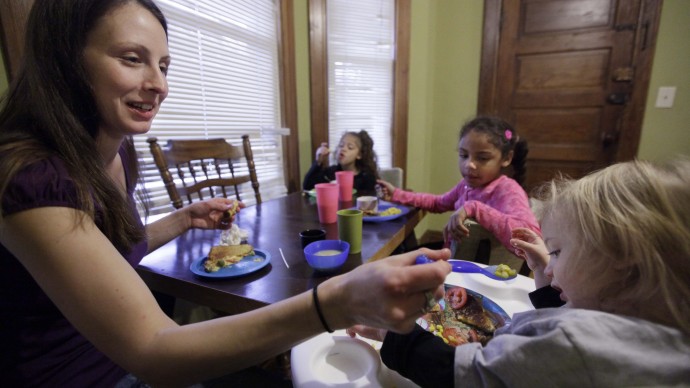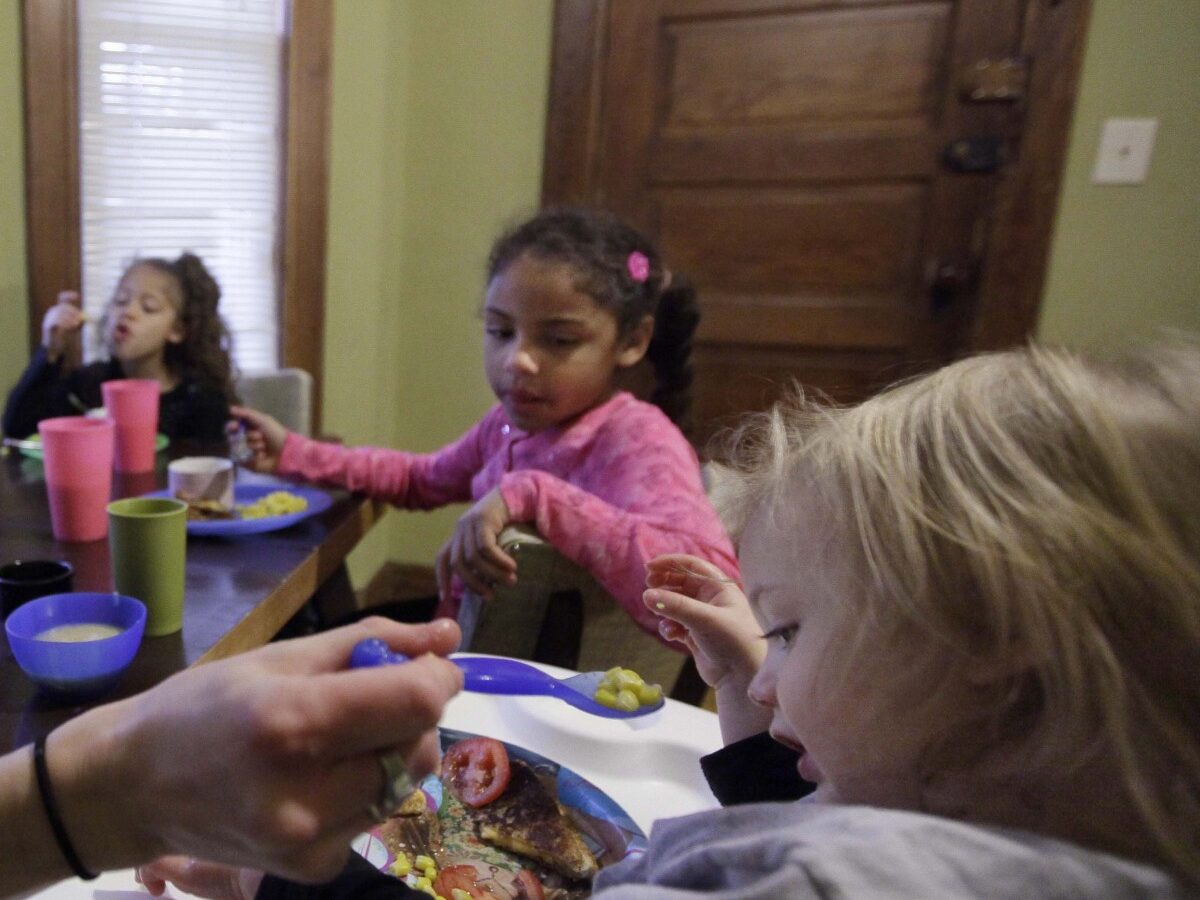
(MintPress) – According to the U.S. Department of Agriculture (USDA) and the U.S. Census Bureau, 1 in 4 children in America participated in the Supplemental Nutrition Assistance Program (SNAP) and were on food stamps in fiscal year 2011.
In the USDA’s report “Characteristics of Supplemental Nutrition Assistance Program Households: Fiscal Year 2011,” 19.9 million people in the U.S. under the age of 18 received food stamp benefits. Paired with the census’ estimates there were 73.9 million children living in the U.S. in 2011, that equates to about 26.9 percent of children in the U.S. seeking assistance of food stamps that year.
Of all those on the food stamp program, children amounted for 45 percent of all SNAP participants in 2011. While some Republicans argue programs like SNAP need to be reformed, many philanthropists and policy experts argue programs such as this one help improve the economy and kids’ health.
Still, many Republicans are resistant to the program. As the Daily Caller reported, Alabama Republican Sen. Jeff Sessions, one of SNAP’s biggest critics, argues the USDA is more interested in enrolling Americans in the program than finding a solution.
“It has become sadly clear that Agriculture Secretary Vilsack wishes to make welfare part of the normal American experience, with no regard for social or economic consequences. How else can you explain why he gave an award to a recruitment worker for overcoming the ‘mountain pride’ of rural Americans?”
Sessions added, “Welfare spending has jumped 30 percent in three years, and the result has been more poverty, not less. It is time to return to the moral principles of the 1996 reform: strengthening family, building community and helping more Americans find good jobs and brighter futures.”
Spending on the SNAP program has doubled in the last four years and quadrupled since 2001, likely so it could accommodate an influx of participants. In 2011, welfare spending was the single largest budget item, costing federal and state governments more than $1 trillion.
However, a study by the U.S. National Poverty Center found food stamps helped reduce the number of “extremely poor” children and households by 50 percent in 2011, when counting the programs’ benefits as income. The study broadly defined “extremely poor” households as those earning $2 or less in income per person, per day.


